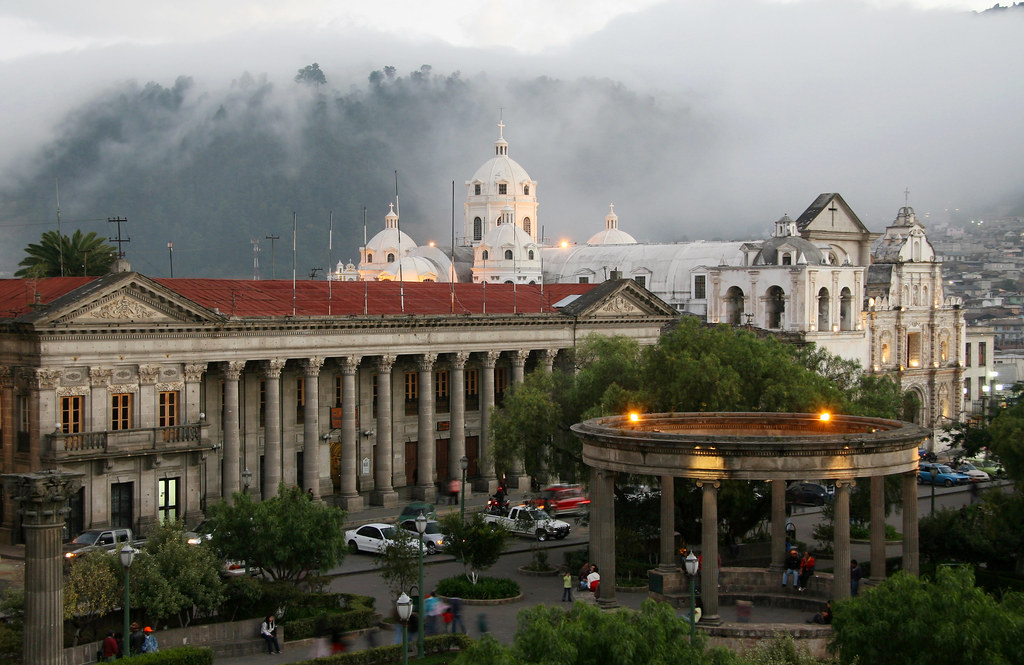 Harry D.
Harry D.
You’ve of course heard of Tikal, Antigua, and Guatemala City. But 2,330 metres (7,644 feet) up in the western highlands just two or so hours from the capital, this country’s second largest city (pop. around 225,000) is a dynamic, untouristy trove that not only has a lot to offer on its own terms but is also a great jumping off point for other attractions, including Lake Atitlán and several of Guatemala‘s awesome ecotourism wonders.
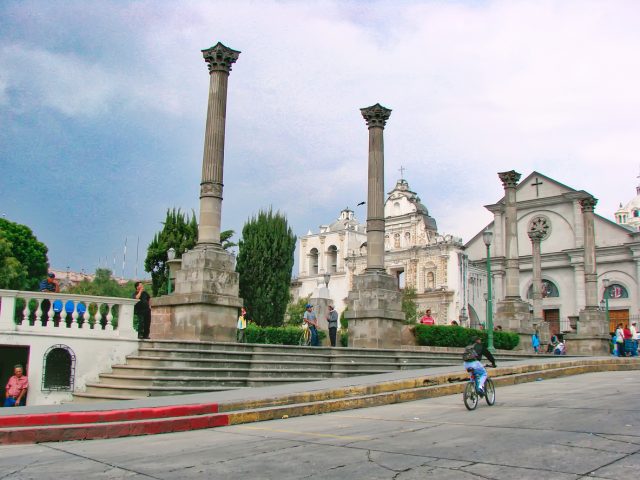 Elijah-Lovkoff
Elijah-Lovkoff
Originally the pre-Columbian Mayan city of Xelajú (and still called that, or simply Xela, by many – especially the local K’iche’ Mayans, though it was officially rechristened Quetzaltenango by the Spaniards thanks to the central-Mexican Nahuatl guides of its conquistadores in 1524) this is a cosmpolitan place whose historic centre is characterised by vibrant street life and mostly neoclassical architecture. The district’s main hub is the oblong, 19th-century Parque Centro América, with its signature central rotunda and ringed by historic buildings including the 16th-century Espíritu Santo Cathedral, destroyed in an earthquake but its façade remaining (below; its neoclassical replacement, built in the 1990s, stands behind it); the 1812 city hall; the Italianate Pasaje Enríquez, home to several shops and restaurants; and the column-flanked Museum of Art and Natural History.
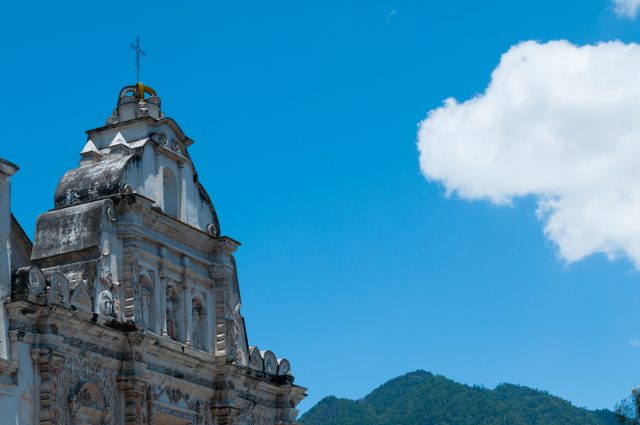 attiarndt
attiarndt
Other interesting museums include the Centro Intercultural, once the city train station, now home to a trio of options. One of them, appropriately, is the Museo del Ferrocarril de los Altos, devoted to the railway that linked Xela to the Pacific coast in the 1930s, while the Museo Ixkik’ shows off Mayan weaving and traditional outfits and the Museo de Arte displays hundreds of works by Guatemala’s leading modernist painters. Meanwhile, Casa No’j, in a handsome old townhouse, this year marks a decade of promoting Xela’s art and culture.
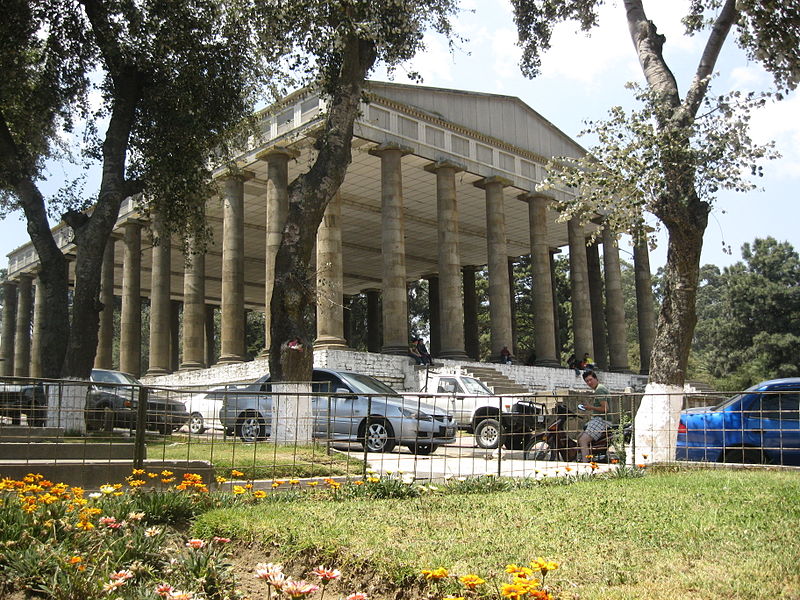 Guiller Cupil
Guiller Cupil
Another curious landmark, now part of the city zoo, is a neoclassical pavillion called the Templo de Minerva (above) one of several built in Guatemala at the beginning of the 20th century to honour learning (Minerva being the classical Roman goddess of wisdom). And to get a great view over the city, surrounding plains, and volcanoes that surround them, head to the wooded hill Cerro Baúl, marked by an obelisk to the great Mayan warrior Tecún Umán.
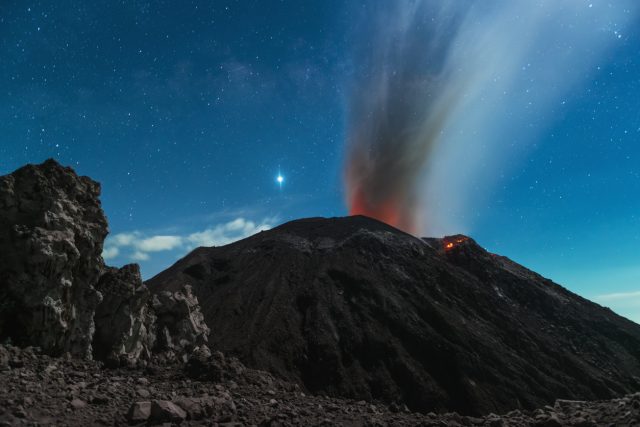 shayes17
shayes17
Speaking of volcanoes, there are eight near Xela, most of them visitable with various local tour operators. Santa María (40 minutes away) is one of the most popular, and nearby Santiaguito (above) one of the most active – still belching smoke and lava every day – while Atitlán and San Pedro are on the shores of Lake Atitlán, a three-hour drive. Chicabal, an hour away, has a lagoon in its caldera, while at the foot of Zunil (40 minutes) you can laze in the Fuentes Georginas geothermal pools, while Tajumulco (two hours 20 minutes) is Central America‘s highest, at 4,220 metres (13,850 feet) – a truly spectacular climb, with several small villages at its foot.
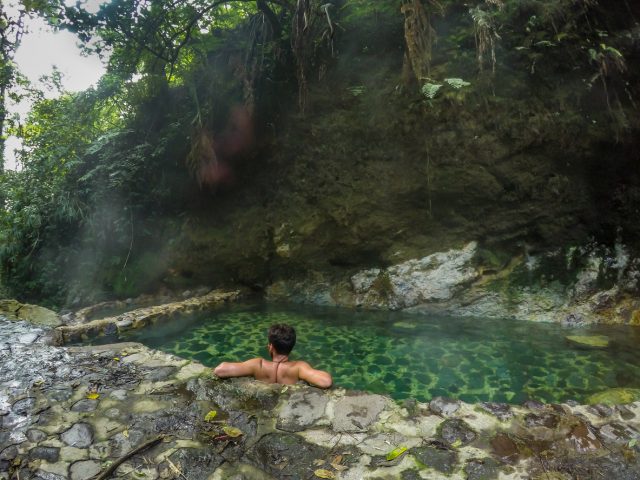 Avi_Cohen_Nehemia
Avi_Cohen_Nehemia
All throughout, you’ll be charmed by Xela’s very local and untouristy vibe – although there’s also a fair contingent of gringos in town, both expats and folks attending the myriad Spanish-language schools here. Another side of Guatemala well worth exploring!
More info: VisitGuatemala.com.

